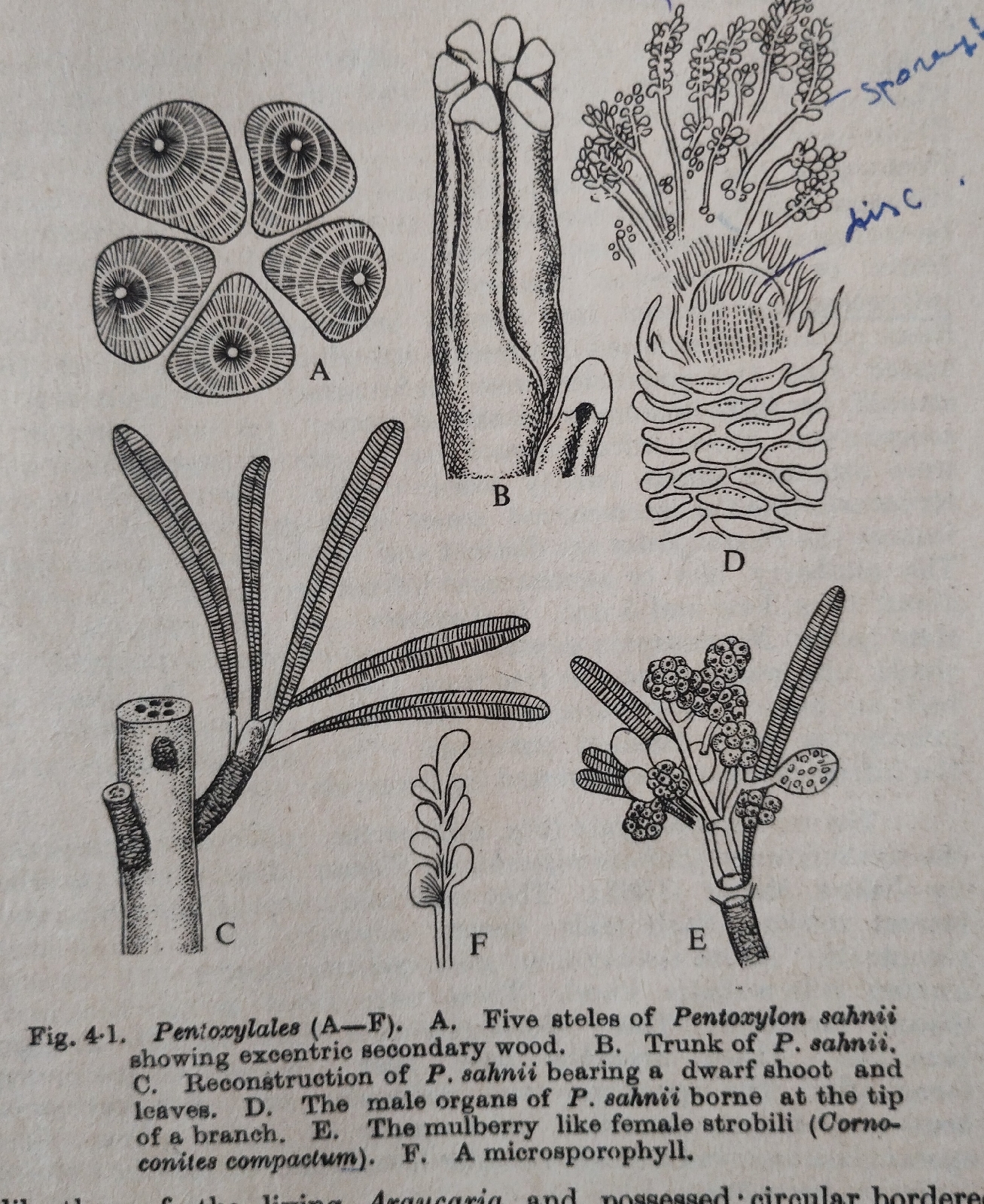Rubiaceae/Plant Taxonomy part II / Dicot family.
Rubiaceae is a large family with about 500 genera and 5000 species , cosmopolitan in distribution Galium is found in arctic zones at 5000 m in mountain.
Diagnostic characters:
(1)Herb,shrub or tree.
(2)Leaves simple , stipules interpetiolar or intrapetiolar.
(3)Infloresence cymes or cymose panicle or cymose umbel or globose head.
(4)Flower regular , corolla funnel shaped or salver shaped with long tube.
(5)Stamens as many as corolla lobes .
(6)Ovary generally 2 chambered , placentation axile , fruits berry .
General characteristics:
Plant: Herbs(Borreria,Rubia,Galium) , shrubs,trees (Anthocephalus )or woody climber (Paederia).
Leaves: Simple, opposite or rarely whorled; stipulate,stipules interpetiolar,intrapetiolar, foliaceus(Galium) or bristle-like(Pentas) or conical cap-like in Gardenia & collar-like in Dentella.
Infloresences: Cymes, cymose panicle or cymose umbel or globose head (Morinda, Adina,Anthocephalus) or solitary (Randia, Gardenia).
Flower: Bisexual (unisexual in Coprosma & Anthospermum),actinomorhic (Posoqueria & Henriquezia zygomorphic), eigynous or semi -epigynous or hypogynous (Pagamea & Gaertnera),4-5 merous, bracteate .
Calyx: Sepals4-5, gamosepalous, opens in bud ,connate in a calyx, valvate.1 sepal is petaloid in Mussenda frondosa & all 5 in M.philippica & Pogonopus.
Corolla: Petals 4-5, gamopetalous, funnel shaped or salver shaped or bi-lipped in Henriquezia or rotate; valvate, imbricate or contorted.
Androecium: Stamens as many as petals , epipetalous, inserted on corolla tube , alternate with petals;2-celled, introrse.
Gynoecium: Carpels 2, syncarpous, ovary inferior (superior in Pagamea) , crowned by fleshy disc, inferior (but in Pagamea superior )usually 2 chambered , rarely 3 chambered; ovules 1 to many in each locule , anatropous, axile placentation ; style long ;stigma bifid .
In Gardenia ovary is unilocular with parietal placentation.
Fruit: Capsule, berry (Coffea) , aggregate in Morinda, schizocarpic in Galium .
Q1. What is myrmecophily?
The tuber-like swollen part of the axis of the genus Myrmecodia is hollow and is inhibited by ants. These ants protect the plant from the attack of unwanted visitors. This symbiotic relation between a plant and animals is called ' myrmecophily'.
 Photograph: lxora coccinea
Photograph: lxora coccinea Fig:Habit sketch of Borreria articulata
Fig:Habit sketch of Borreria articulata Fig:Floral diagram & Floral formula of Borreria articulata
Fig:Floral diagram & Floral formula of Borreria articulata Fig:Corolla with stamen & gynoecium of Borreria articulata
Fig:Corolla with stamen & gynoecium of Borreria articulata Flower, calyx & splitted corolla of Borreria articulata
Flower, calyx & splitted corolla of Borreria articulata Photograph: Ixora coccinea
Photograph: Ixora coccinea


Comments
Post a Comment